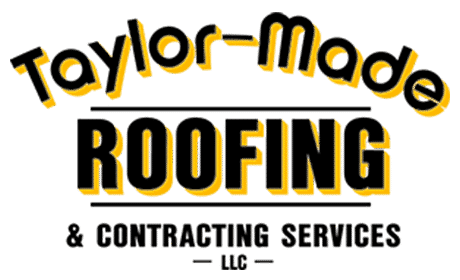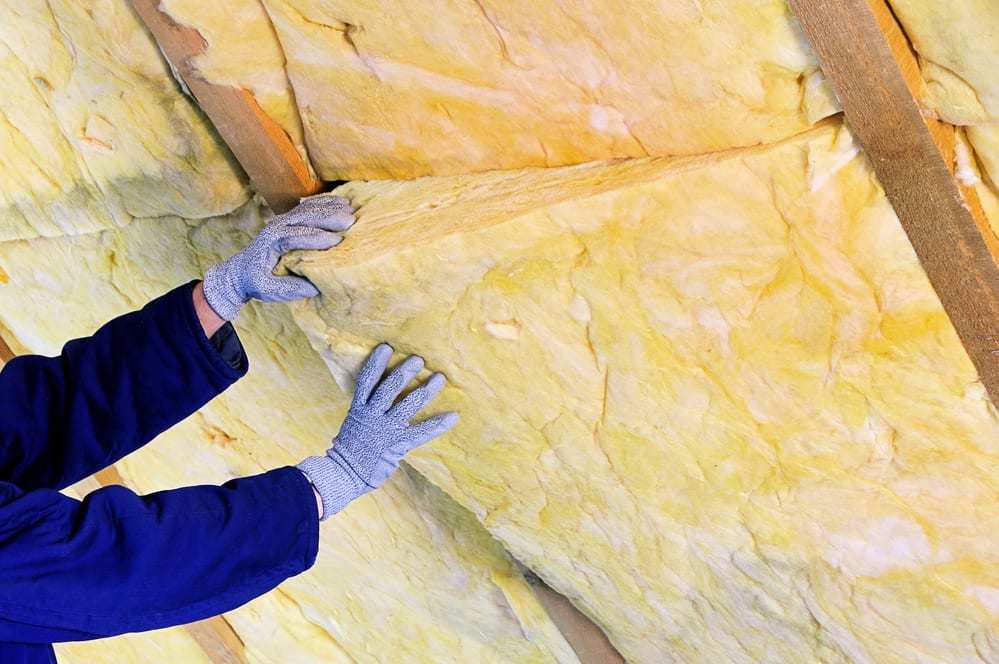The U.S. Department of Energy reports that more than half of the energy used in a home is used for heating or cooling activities. In some cases, heating and cooling can make up as much as 70 percent of a home’s energy usage. For that reason, it’s crucial to properly insulate your home. Not only does appropriate home insulation increase a home’s overall energy efficiency, but also it creates a more comfortable indoor temperature and climate year-round by shielding your home’s interior from the elements.
Types of Roof Insulation
A Note on R-Values
There are a wide variety of types of roof insulation, all classified by one very important factor: their R-value, which measures how well insulation resists heat transfer. Insulation R-values can vary widely based on the thickness and density of each insulation material. Overall, a higher R-value means higher energy efficiency. Before selecting insulation for your home, be sure to check the Department of Energy’s R-value recommendations for regional climate zones.
Where Should I Install Insulation?
Insulation isn’t just for your attic. Ideally, you should install insulation in any upper and lower floors. If you live in an older home, consider adding insulation to attics, exterior walls, basements, and crawl spaces. Additionally, the type of insulation you need will depend on the insulation’s location and the required R-value. Talk to your roofing professional about the types of insulation that might work best for your home, including fiberglass, cellulose, and foam.
Types of Insulation
Insulation Rolls
Insulation rolls are an easy, affordable way to insulate your home. The rolls (or batts) are typically available in pre-cut widths between 20 to 40 feet, fitting easily between studs and joists.
Insulation Batts
Insulation batts are typically made of either fiberglass or cellulose, which is recycled paper fiber. The batts are great for hard-to-reach areas within your attic, as they are blown or sprayed into place to fill cavities.
Foam Board Insulation
Foam board is extremely versatile, reducing heat conduction in virtually any part of the home down to the foundation. These rigid panels of insulation are typically formed from either polystyrene or polyurethane.
Spray Foam Insulation
Your roofing professional can also use spray foam insulation to fill gaps in your existing insulation. This quick-setting insulation spray typically contains either latex or polyurethane, and homeowners can trim, paint, or stain it without the help of a professional. Additionally, blown-in insulation requires the least amount of work, but does require special tools and equipment.
Loose Fill Insulation
Loose fill insulation is ideal for use between framing like studs and joists. This versatile insulation option is pre-cut, usually into sections of fiberglass or rock wool insulation. For that reason, loose fill insulation is an excellent choice for use in floors, attics, walls, and ceilings.
_____
Not sure where to begin? Start by working with a roofing professional to determine if and where you already have insulation in your home. From there, identify the type of insulation that you currently have and compare it to industry standards. At that point, a roofing professional can help you decide on the type of insulation to use.
Do you have still questions about types of roof insulation? Contact Taylor-Made Roofing to explore your options and schedule installation. With over 20 years of residential and commercial roofing experience, you can count on us to provide high-quality, reliable roofing and insulation services. Plus, we always stand by our work with a strong warranty that will provide you with peace of mind. For more information, please give us a call at 417-326-8778 or contact us online for a free quote.

